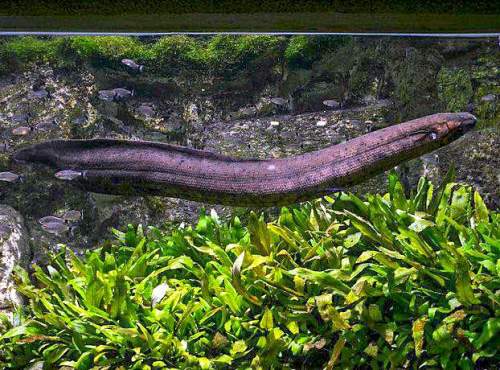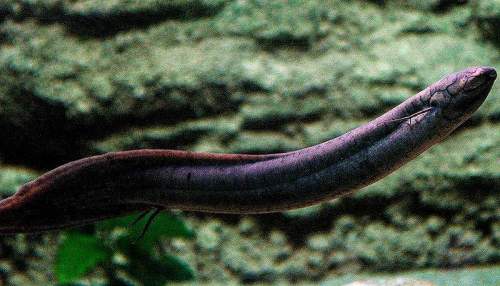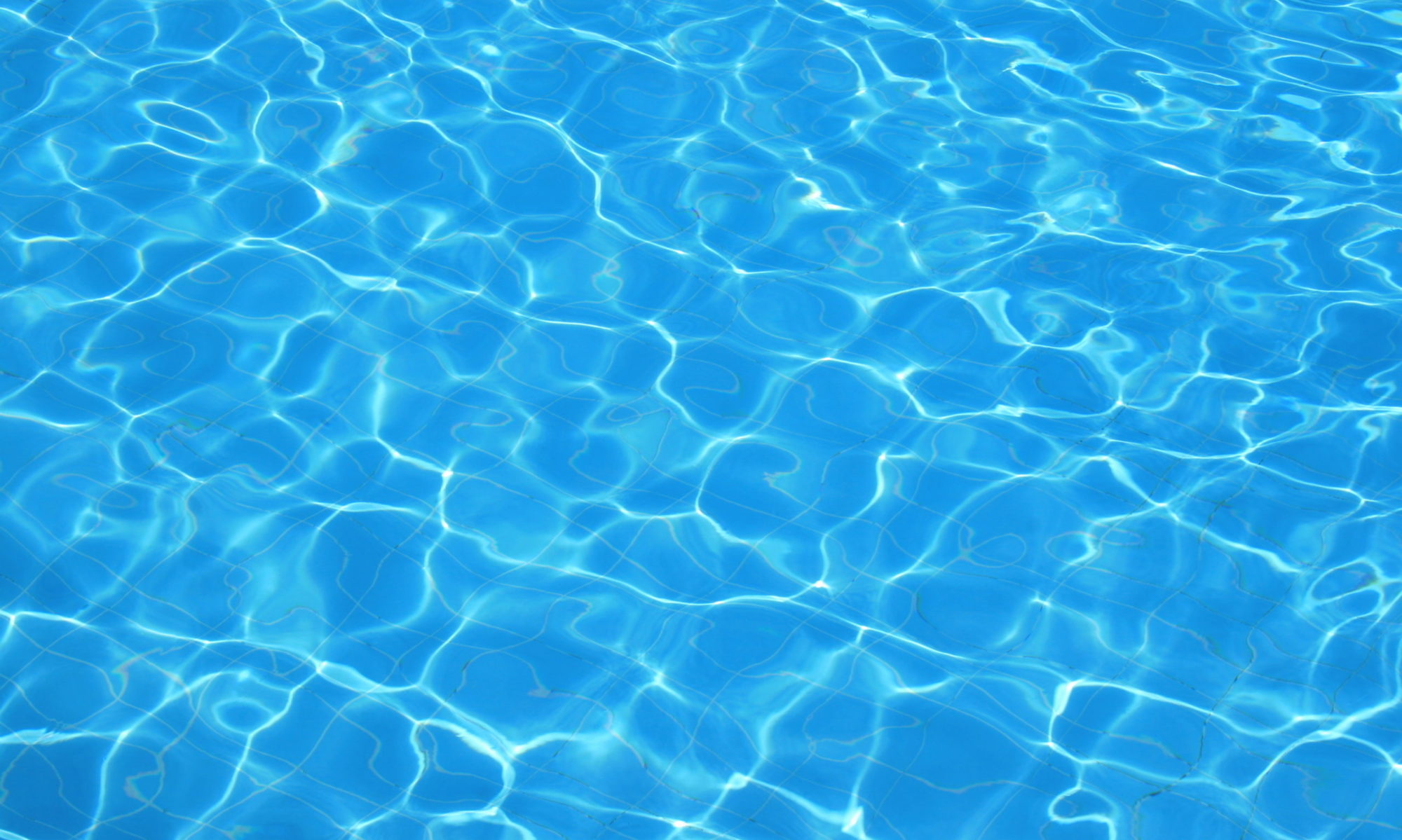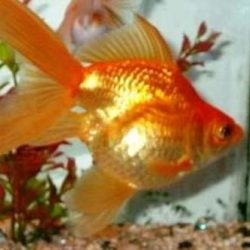Aquarium fish > Australian lungfish > South American lungfish – Lepidosiren paradoxa
The South American lungfish (Lepidosiren paradoxa) belongs to the Family Lepidosirenidae (Aestivating lungfishes) in class Sarcopterygii (fleshy-finned fishes). These fish are also known as Amazonian lungfish, scaly salamander-fish, and American mud-fish.
The South American lungfish is native to the Amazon, Paraguay and lower Paraná river basins, spreading over South American countries of Argentina, Bolivia, Brazil, Colombia, French Guiana, Paraguay, Peru, Venezuela.
These lungfish have developed functional lungs, which are the primary breathing organs. The fish are obligate air-breathers and will get drowned if not allowed to surface and breathe air.
Description
The South American lungfish has elongated and eel-like body. Its stout body is cylindrical in shape. The head has a conical profile with a small mouth at the anterior end. Eyes are very small and it is believed that the lungfish tracks its food more by smell-sense.

Its premaxillary and maxillary bones are fused as in all lungfish to form heavily mineralized tooth-plates. The swim bladder has evolved into two functional lungs and the gills have become rudimentary. The immature fish have golden spots on black-gray body. As the South American lungfish mature these spots fade into a brown or gray color.

The pectoral and pelvic fins are long, thin and fleshy. The pelvic fins are larger and set far behind and somewhat function like walking/crawling legs. As in most of the land living vertebrates, the fins of South American lungfish are connected to the shoulder by a single humerus-like bone.
The dorsal fin originates on the middle of the back and merges with caudal fin. Similarly, the anal fin originating behind the anal opening merges with the caudal fin.
Other behaviors and adaptations
Apart from the ability to breathe air, these lungfish have undergone several physiological modifications. When the water sources dry up, they undergo aestivation, a state of animal dormancy, characterized by inactivity and a lowered metabolic rate.
The lungfish burrow 12 to 20 inches into mud and make a chamber of mucus-mud. They leave a few holes on the surface for air. They can survive in such state, even for two or three years.
Another unique adaptation is that breeding South American lungfish develop highly vascularized structures on the pelvic fins that can absorb carbon dioxide and release oxygen into the water for enriching the dissolved oxygen in the nest.
Juvenile lungfish have tadpole-like four external gills. After 6-7 weeks, the external gills are resorbed and the lungs are developed.
Habitat and ecosystem
The South American lungfish inhabit creeks, swamps, pools and tributaries with stagnant or slow flowing waters. Such water bodies have very low dissolved oxygen and are likely to dry up dry season.
The ability to directly breathe air and the capacity for aestivation are the adaptation evolved by them for their survival in such conditions.
Distribution
The South American lungfish are widely distributed in nature, and are found throughout the Amazon, Paraguay and lower Paraná river basins spread over Argentina, Bolivia, Brazil, Colombia, French Guiana, Paraguay, Peru, Venezuela.
Reproduction and development
With the onset of rainy season, the aestivating fish come out of their burrows and soon mating occurs. The parent fish build a tunnel nest for the eggs and the hatchlings. The hatchlings have thread-like external gills and resemble tadpoles. At this stage they can survive only with the dissolved oxygen in the water.
The male lungfish develops highly vascularized structures on his pelvic fins, which release oxygen into the water for the survival of gill-bearing hatchlings. After 6-7 weeks, the external gills are resorbed and the young South American lungfish develop lungs for air breathing.
Life cycle
The maximum recorded length of a wild specimen is 50″ (125 cm), which is estimated to be 8 years old. These fish may live between 8 to 20 years in captivity.
Diet and feeding habits
Juvenile lungfish feed on insects and their larvae and small animals. The adult South American fish is omnivorous feeding on fish, mollusks, shrimps, detritus and algal matter.
Conservation status
IUCN Red List status is Not Evaluated for South American lungfish.
South American lungfish aquarium
To accommodate such long-living, 125 cm South American lungfish we may require an aquarium of at least 3000 liters capacity. Future capacity to go in for such tank is the main criterion for embarking on setting up an aquarium for these fish.
The tank must have lost of space to move and some hiding spots. With the amount of organic and metabolic wastes being generated, a massive filtering system may be necessary. Please visit pages on South American lungfish quick facts and Lungfish aquarium for further information.
References: https://www.fishbase.org/summary/4511
1.Image source: https://commons.wikimedia.org/wiki/File:Lepidosiren_paradoxa_
Aquarium_tropical_du_Palais_de_la_Porte_Dor%C3%A9e_10042016_1.jpg
Image author: Vassil | License: CC0 1.0
2.Image source: https://commons.wikimedia.org/wiki/File:Lepidosiren_paradoxa_0.jpg
Image author: OpenCage | License: CC BY-SA 2.5
Current topic in Aquarium fish pictures: South American lungfish – Lepidosiren paradoxa

